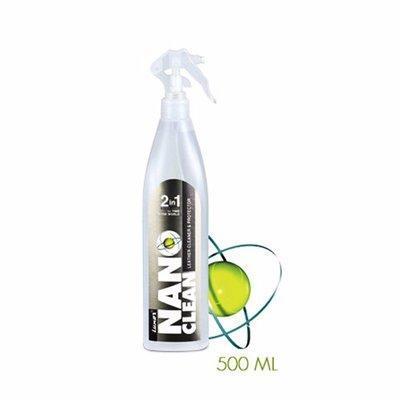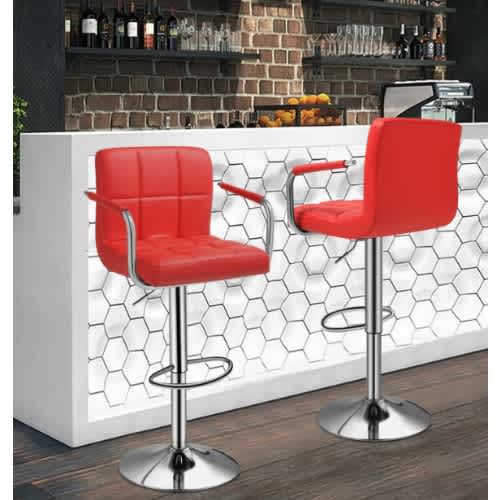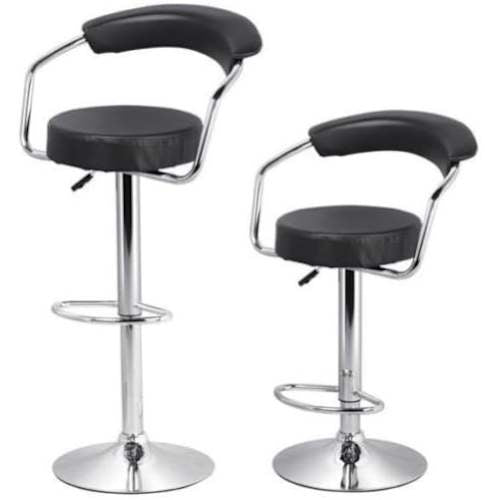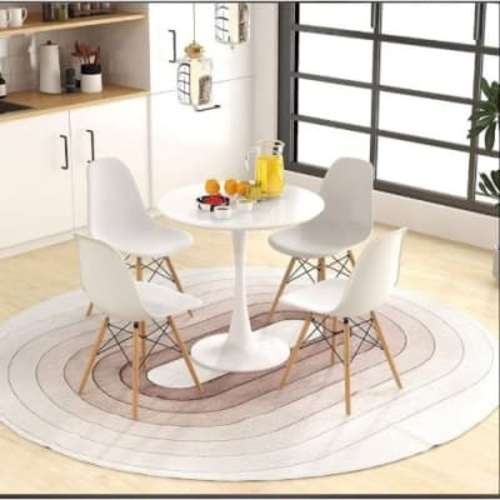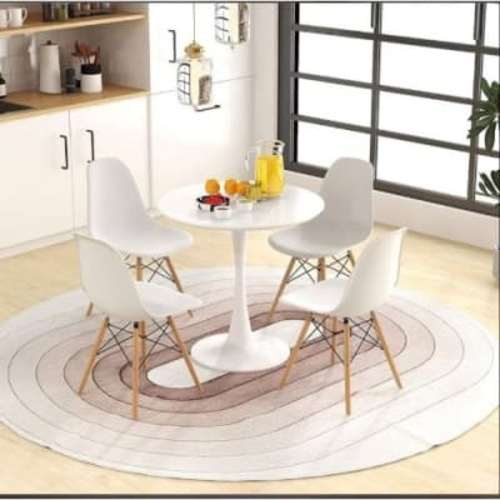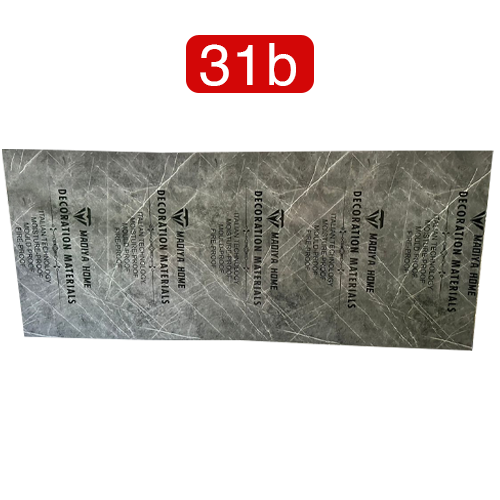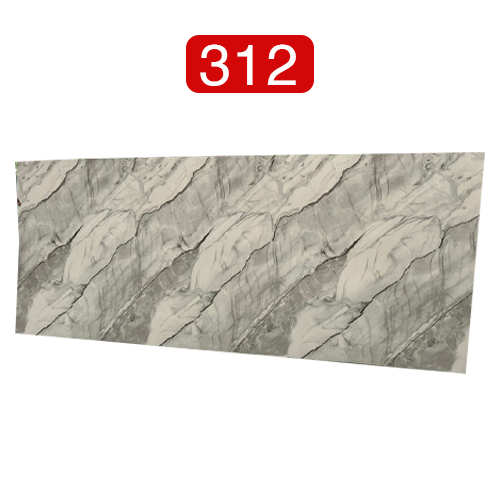Constructing a house is a large investment; hence, choosing the correct materials from the start guarantees that it will be strong, durable, and fit for the surroundings. The structural integrity, energy economy, and general comfort of a house depend critically on its site. Considering geography and weather will help homeowners make sure their living area stays strong and useful for years to come.
The Impact of Temperature Extremes on Home Construction
The materials used in house building are much affected by temperature fluctuations. Maintaining indoor comfort in areas of great heat depends on materials that reflect sunlight and lower heat absorption. Reflective metal roofs or light-colored shingles help to reduce heat accumulation in roofing projects. Appropriate insulation also helps to stop heat transfer, therefore lessening the load on cooling systems. Insulation and heating efficiency become even more crucial in cold climates. Triple-glazed windows and insulated concrete blocks are two materials that keep heat and stop drafts, therefore helping to preserve a warm inside atmosphere. One also has to take into account material expansion and contraction brought on by temperature changes.
The Role of Humidity and Moisture Control in Home Durability
Humidity levels influence home construction in a variety of ways, including structural integrity and indoor air quality. Moisture-resistant materials are critical in high-humidity environments to prevent mold growth, wood rot, and degradation. Vapor barriers, moisture-resistant drywall, and treated wood all help to reduce the risk of moisture damage. Dehumidifiers, air circulation devices, and waterproof covers to prevent moisture buildup benefit dwellings in humid climates. Dry environments, on the other hand, necessitate measures to retain moisture and prevent materials from splitting or becoming brittle. To ensure long-term durability and a comfortable indoor climate, building materials should be selected in accordance with local humidity levels.
How Wind and Storms Influence Structural Design
Strong winds and storms pose a major hazard to dwellings, hence reinforced building techniques are crucial for ensuring stability and safety. Homes in stormy, tornado-prone areas must be designed to withstand severe gusts and flying debris. Extreme weather can be better tolerated in a home with reinforced roofs, impact-resistant windows, and wind-resistant siding. If you are facing trouble, then you must consult reliable general contractors in Napa, CA or your area to ensure that homes are designed with adequate reinforcements to withstand severe winds and adverse conditions. Good foundation and structural reinforcement anchors, such as hurricane straps and storm-resistant doors, help to prevent damage from heavy winds. Reduced wind resistance and stopped uplifting are also affected by roof pitch and form.
The Role of Seismic Activity in Home Construction
Seismic activity is a big issue for households in earthquake-prone areas. Homes in these regions need specific building methods to reduce damage and resist ground movement. Shock-absorbing components, flexible structural materials, and reinforced concrete bases help a house withstand seismic activity. In places prone to earthquakes, building codes impose rigorous structural guidelines meant to guarantee stability and safety. Base isolators, steel reinforcements, and safe anchoring methods lower the likelihood of collapse under an earthquake. Knowing the seismic hazards of a given area helps householders to apply required safety precautions and reinforcements. Appropriate engineering and adherence to building codes resistant to earthquakes help a house to resist ground movements and shield its residents from damage.
The Effects of Coastal Conditions on Home Longevity
Homes built in coastal areas have to be able to withstand special difficulties such as strong winds, excessive humidity, and salt exposure. Salt-filled air hastens the deterioration of metal components. Thus, homeowners must choose rust-resistant materials for fittings and reinforcements, such as aluminum or stainless steel. High humidity calls for building materials resistant to moisture to stop structural damage and mold growth. Homes close to the seaside also run the danger of storm surges, which calls for strong foundations and weather-resistant outside finishes. Sealants and protective coatings preserve dwellings from the destructive power of moisture and salt. Further improving a coastal home's resistance against storms and severe weather events are wind-resistant architecture, strengthened windows, and hurricane shutters.
Conclusion
Constructing a house that fits its surroundings calls for a thorough awareness of how topography and local climate affect structural integrity and lifetime. The best building materials and design features are determined in part by temperature swings, humidity levels, wind exposure, geological conditions, and architectural context. Good site evaluation and planning help to avoid long-term problems with foundation stability, moisture damage, and weather-related degradation. Selecting premium materials and adding architectural elements tailored for a climate helps a house to resist environmental obstacles. Consulting seasoned experts guarantees that building methods fit local conditions, giving homeowners long-term security and comfort of mind.
Author bio:








